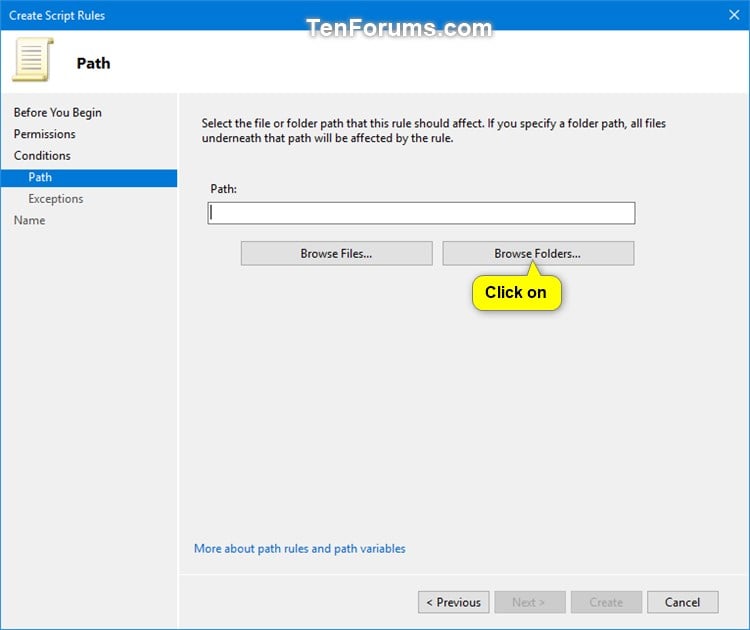


For info about the Windows PowerShell cmdlets for AppLocker, see the AppLocker Cmdlets in Windows PowerShell.ĪppLocker runs in the context of Administrator or LocalSystem, which is the highest privilege set.

A user with administrator credentials can automate some AppLocker processes by using Windows PowerShell cmdlets. Microsoft doesn't provide a way to develop any extensions to AppLocker. However, because AppLocker rules are additive, a local policy that isn't in a GPO will still be evaluated for that computer. The enforcement settings for local policies are overridden by the same AppLocker policies in a Group Policy Object (GPO). But AppLocker policies can also be set on individual computers if the person has administrator privileges, and those policies might be contrary to the organization's written security policy. This system makes its policy creation and deployment conform to similar policy deployment processes and security restrictions.ĪppLocker policies are distributed through known processes and by known means within the domain through Group Policy. The following are security considerations forĪppLocker is deployed within an enterprise and administered centrally by those resources in IT with trusted credentials. The purpose of AppLocker is to restrict the access to software, and therefore, the data accessed by the software, to a specific group of users or within a defined business group.
#Applocker windows 10 wikipedia professional#
This topic for the IT professional describes the security considerations you need to address when implementing AppLocker. Learn more about the Windows Defender Application Control feature availability. Some capabilities of Windows Defender Application Control are only available on specific Windows versions.


 0 kommentar(er)
0 kommentar(er)
